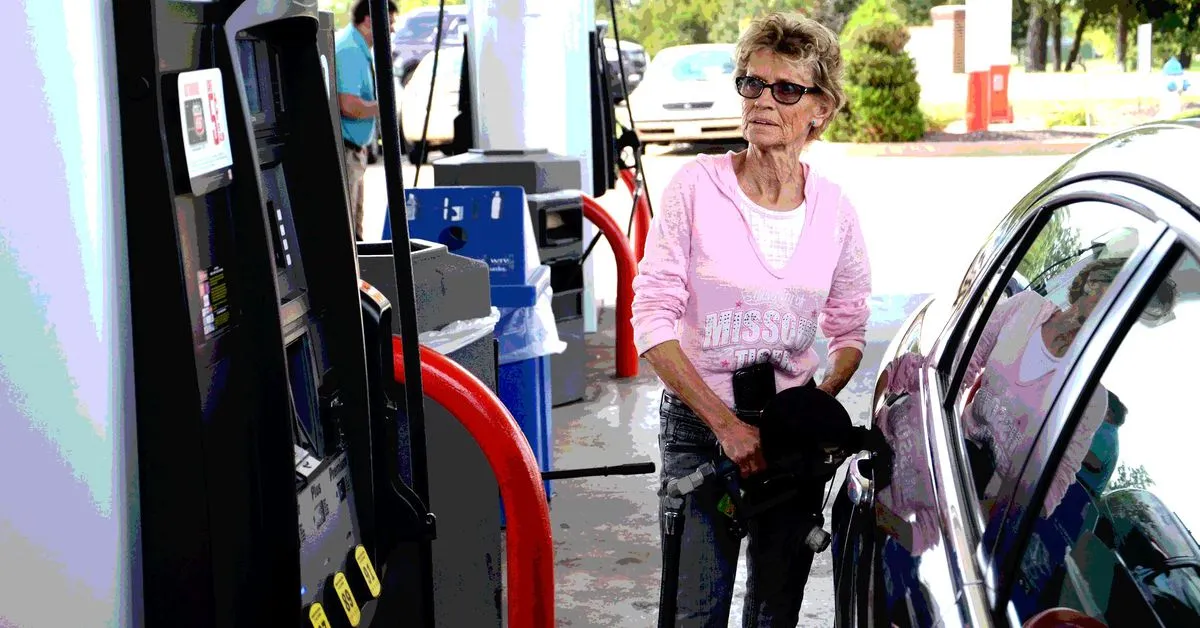The de-congestion plan proposed by Ethereum developers Vitalik Buterin and others to reduce congestion on the main network and fees through the use of layer-2 projects appears to be working. This is likely due to the recent rollout of Coinbase’s new layer-2 project, Base. Ethereum’s transaction fees, known as gas fees, have seen a significant drop in the past few weeks, with some analysts attributing the decline to the increasing availability of layer 2s.
The L2 scaling vision is being realized, said Kunal Goel, a senior research analyst at Messari.
The recent runaway success of the crypto-fueled social marketplace Friend.tech, which quickly attracted more than 100,000 users and generated more than $25 million in fees, is a prime example of the effectiveness of layer-2 networks. Despite the high demand, Ethereum’s daily gas fees have averaged 26% lower than they did in the year up to that point, according to data from FalconX Research.
Several older and larger layer-2 networks, including Arbitrum, Optimism, and zkSync, are now handling a large chunk of the transactions happening on the overall Ethereum ecosystem. The upcoming upgrade known as proto-danksharding (EIP-4844) is expected to make it cheaper for layer-2 networks to store data on the main blockchain, further reducing fees.
Christopher Martin, Amberdata’s director of research, notes that Bitcoin transactions have also increased since the launch of Bitcoin Ordinals, which may have taken some volume away from Ethereum, further alleviating pressure.
All of these factors together seem to have pulled out a lot of the excitement that NFT collections were able to generate just a few years ago, which were able to cause extremely high gas and transactions, according to Martin.
